Published on | General
Each year our Heritage Manager Corinne joins the Police History Society conference, of which she is a member….
This year, I was lucky enough to accompany her and enjoy a weekend of thought-provoking talks by experts in their field, along with meeting some of the most well-versed people when it comes to police heritage.
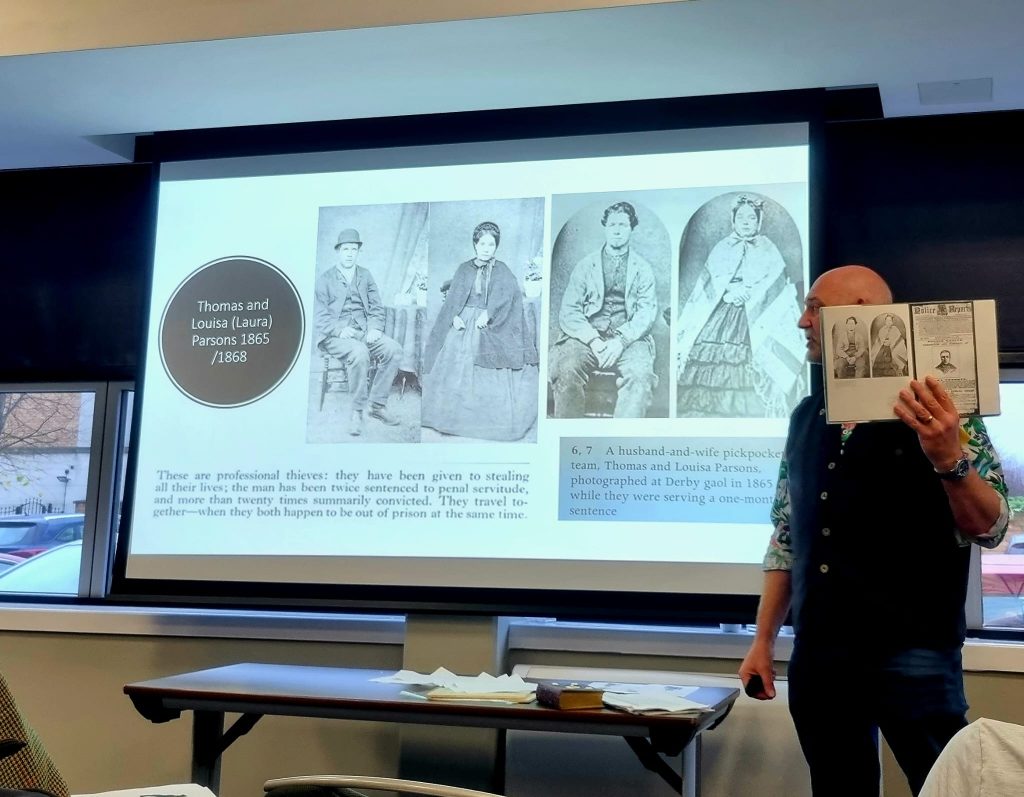
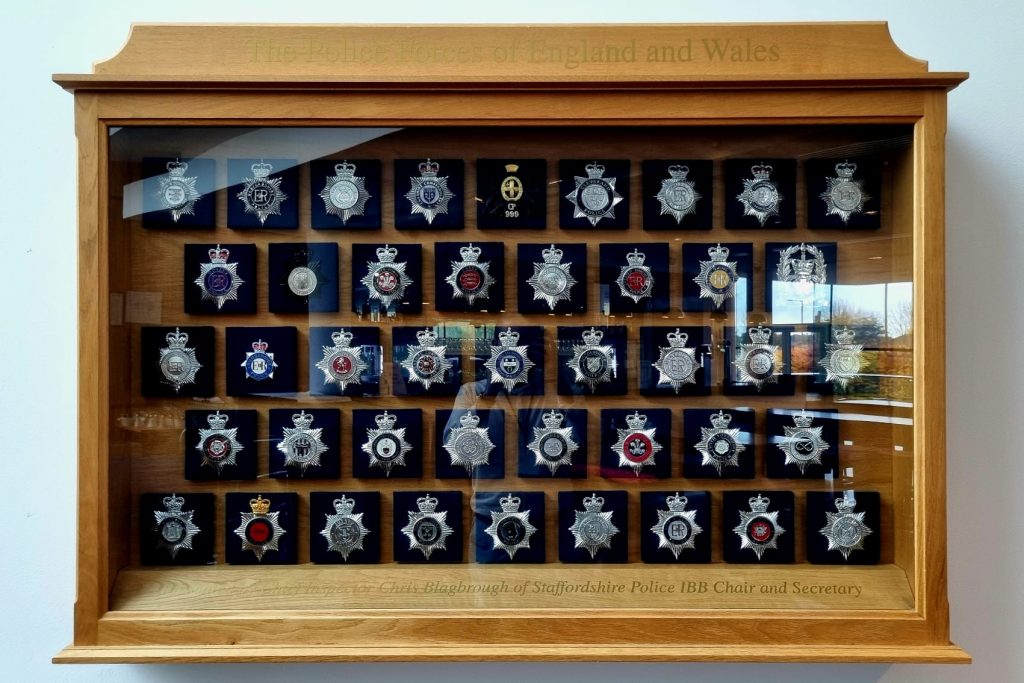
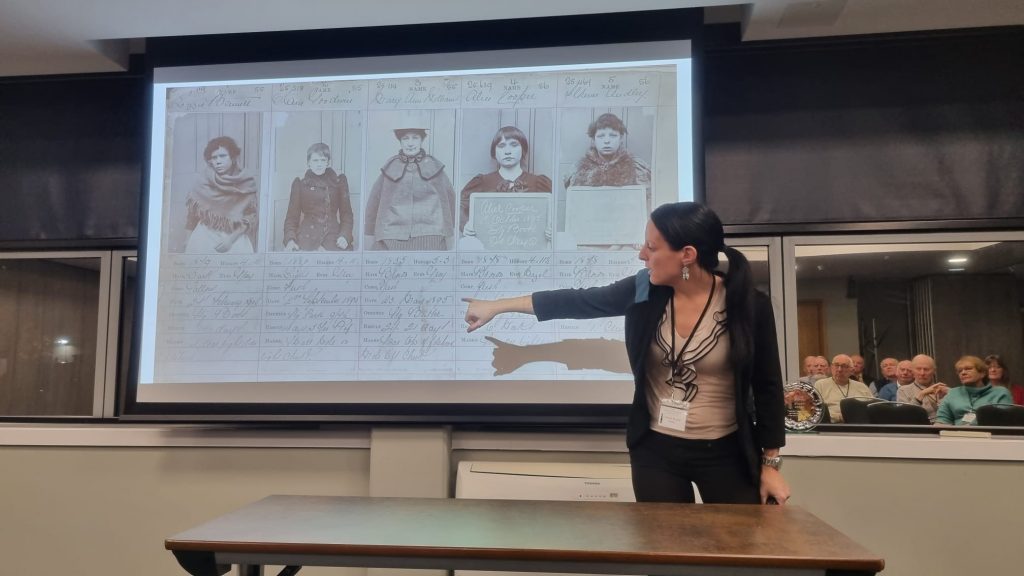
Corinne kicked off the weekend with her famous ‘Rogues, Villains, and Peaky Blinders of the Birmingham Lock-Up” talk; an engaging reflection on our own history as a museum and the characters that have passed through our cells (multiple times for some!) Taking us through the history of the Lock Up, Corinne gave us a snapshot of what life was like for the officers, matrons, and inmates who passed through our doors each day – including genealogical stories of descendants that have visited us since! We were left with our buzz for history ignited for the weekend and eagerly anticipating what it was to bring.
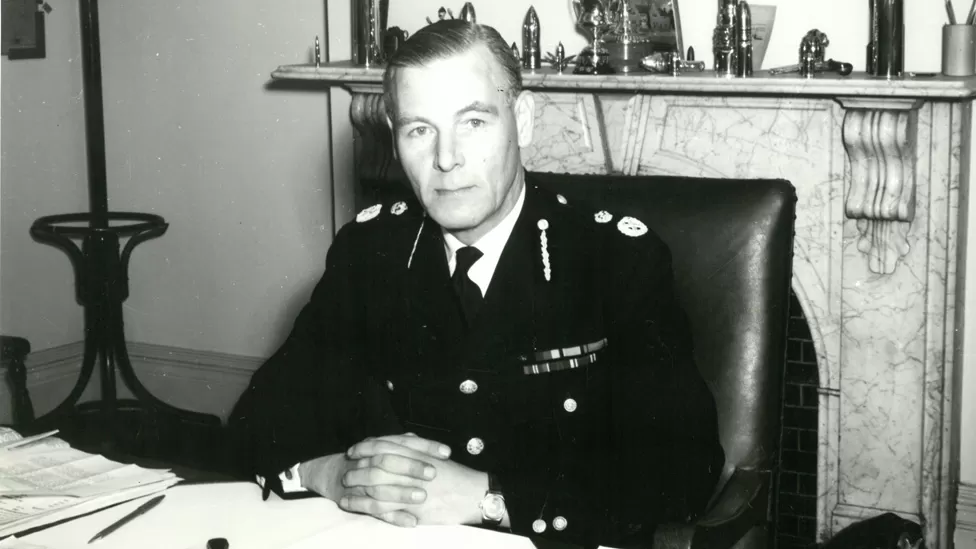
Saturday included 5 separate talks given by those as dedicated to their research as we are (and then some!). Historian Cedric Smith captured our attention with the truly heartwarming story of Peter Garland QPM, a Chief Constable of Norfolk who served in the RAF during WW2. Garland successfully undertook 28 missions as a navigator before an attack by German Night-fighters caused his plane to crash. Miraculously Garland survived, moreover he was then protected from the locals by a German solider, Gerhard Fricke. As a thank you Garland gave Fricke the only possession he had upon him, a small screwdriver engraved with his name. Cedric went on to share the story of Garland’s time as a prisoner of war, including his contribution to the great escape – yes that great escape – and his ‘death march’ to freedom. It was now that Cedric revealed he had had the great pleasure to work with Garland who had returned to the force following the war, and produced the engraved screwdriver that is now part of the Norfolk Police collection.
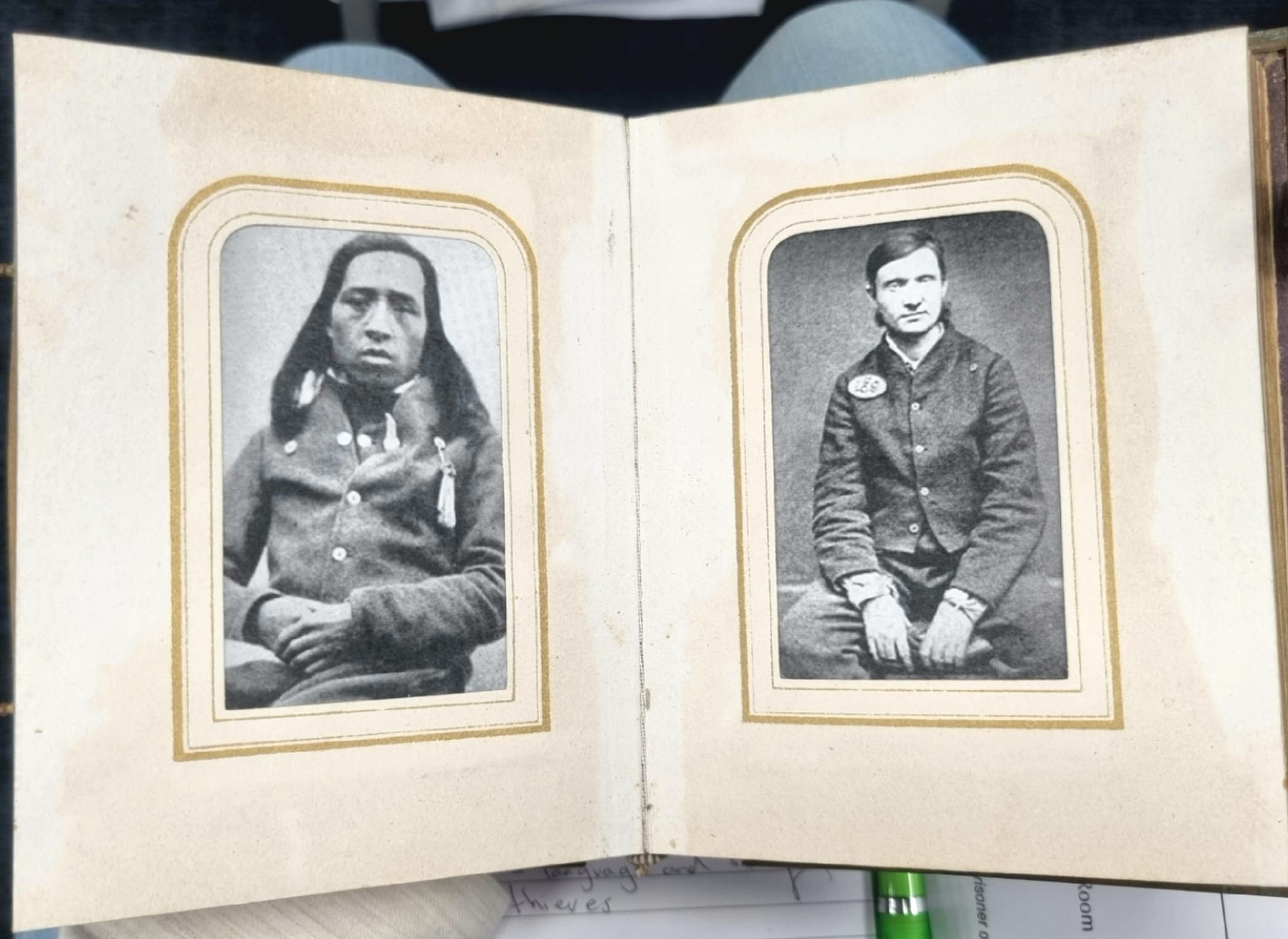
With such an engaging start to the day, and a top up of coffee, we were then given a history of Derby Gaol by Jon Wright, senior lecturer in forensic science. Jon talked us through the history of mugshots (something the Lock Up is not unfamiliar with!) and the far more rudimentary practice that predated their use of ‘having your likeness taken’. Can you imagine a time when you had to rely on physical memory to recall a criminals face? It sounds absurd, if not impossible, yet this was the reality at Derby Gaol and other institutions. The use of mugshots greatly improved things, however, record keeping was rather lacklustre; that is until Governor William Garbutt. Jon explained how Garbutt began collecting mugshots in a photo album in 1857, along with handwritten notes littered with Victorian terminology describing the crimes committed. Such a find gives an incredible social-historic insight into the past and remains a unique source for Derby Jail.
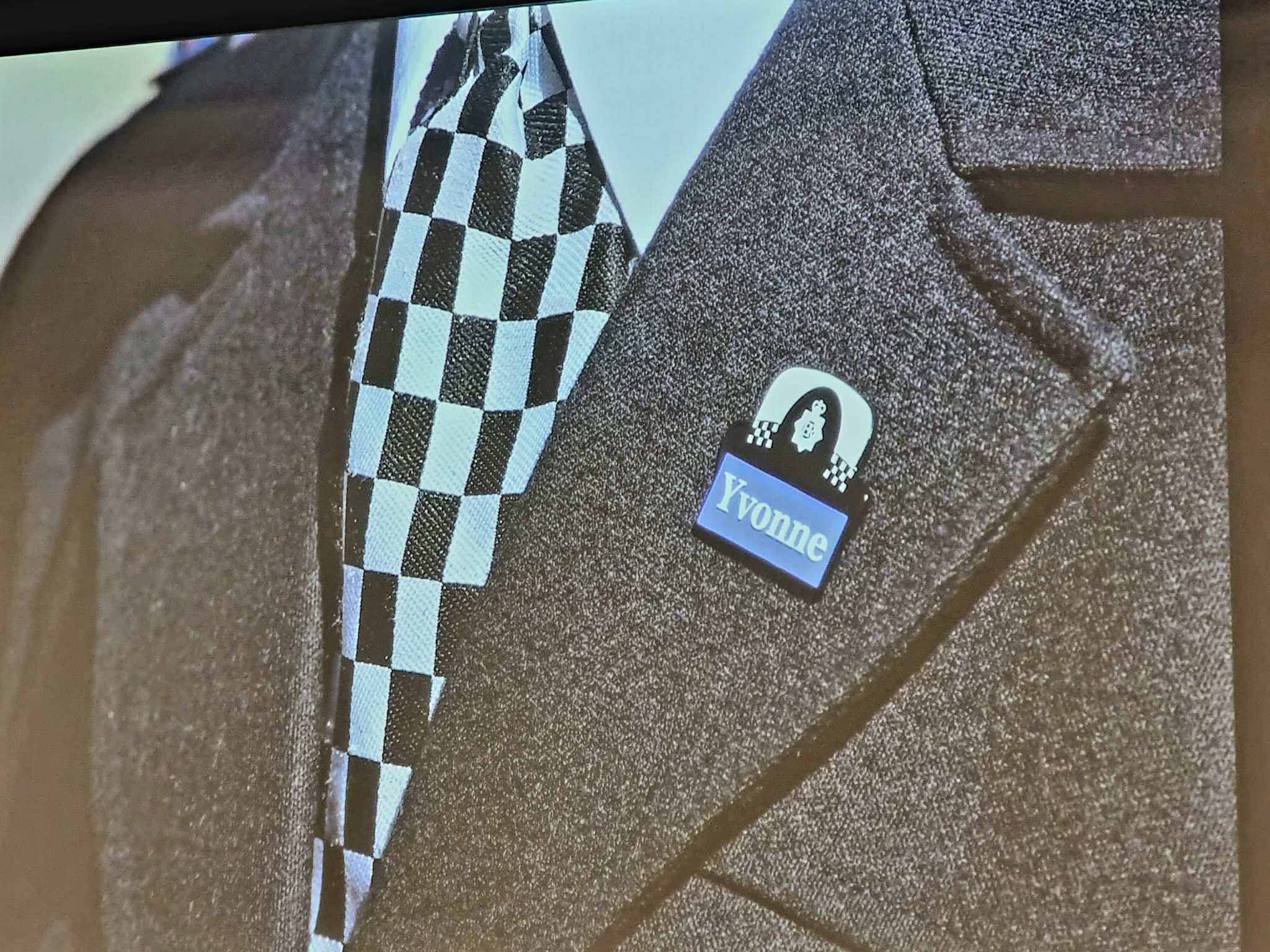
Former police officer and now author Matt Johnson then gave us food for thought as he discussed the context of his book ‘No Ordinary Day: Espionage, betrayal, terrorism and corruption – the truth behind the murder of WPC Yvonne Fletcher’. Matt took us on a deep dive into the harrowing narrative of this unique and tragic case. WPC Yvonne Fletcher was fatally shot in April 1984 whilst monitoring a protest against the then Libyan leader Muammar Gaddafi in London’s St James’s Square. Historically this is the only time in history that a UK officer has been murdered in front of live TV cameras. However there is more than meets the eye of this peaceful protest turned shocking incident – Matt explained the politics at play, both obvious and lesser known, as well as the emotional aftermath Yvonne’s death had on her colleagues. Clive Maybury risked his own life to retrieve Yvonne’s officer helmet from the frontage of the Libyan embassy so that it could be placed ceremoniously atop her coffin, whilst John Murray, the friend and officer who comforted Yvonne in her last moments, campaigns for justice to this day.
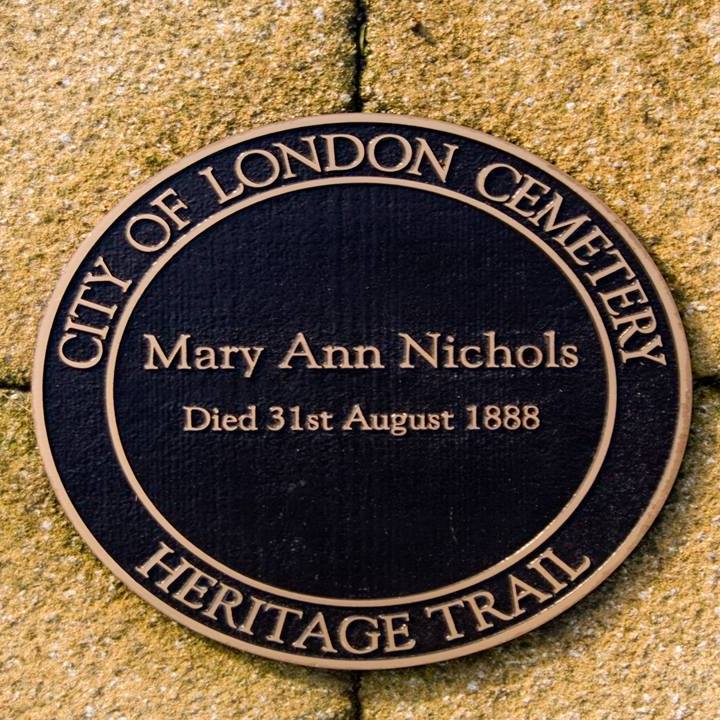
“Why are we fascinated with murder in fact and fiction?… Reading is one thing, seeing is another.”
Lindsay Siviter
In the afternoon we were treated to a thought provoking talk by Lindsay Siviter – an expert on Jack the Ripper and his victims. Approaching from a heritage standpoint, Lindsay encouraged us to reflect on how we as museums, and police museums in particular, choose to display true crime cases whilst remaining conscious and respectful of the victims and their families. Lindsay gave fantastic examples of museums who have both hit and missed the mark when it comes to balancing shock value and consideration. She acknowledged that creating a “shocking display” can sometimes be to the benefit of both – “that’s the point” she stated, when it comes to remaining truthful but avoiding sensationalising terrible crimes. More-so, she commended the work of those museums which put the victims (and their families) stories front and centre to their narrative, and discouraged the almost sympathetic approach that others take when it comes to discussing the criminals behind them.
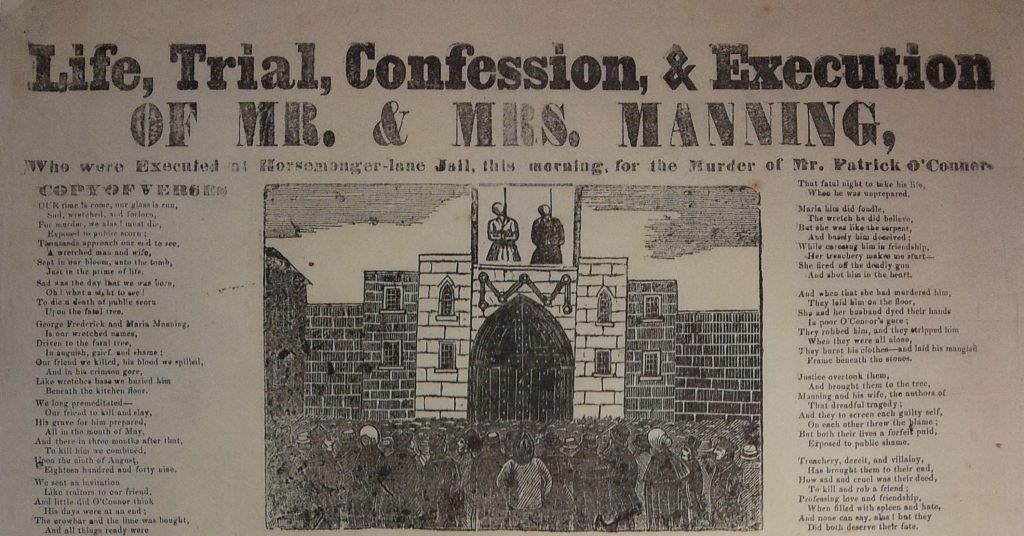
Finally our day ended with the meeting of fact and the world of fiction as Dr Angela Buckley discussed the Bermondsy Murder of 1849. Describing it as ‘Scotland Yard’s first great challenge’, Angela painted a tangible picture of the Manning’s house in which PC Barnes lifted the damp kitchen flagstones to reveal the quicklime coated body of Patrick O’Connor. Frederick and Marie Manning were convicted and hanged for the murder, with roughly 30,000 spectators bearing witness including Charles Dickens. Appalled at the jeering crowds Dickens later wrote to the Times condemning public hanging and advocating for capital punishment to be in private. Ironically, the Manning’s bodies were buried with quicklime to speed up their decay.
As you can imagine, the day was both fascinating and a lot to take in! I was grateful for the chance to sit down to dinner with some of the speakers and guests, discussing our highlights of the day and thoughts for the future. I for one find myself looking at museum displays in a refreshed light – not only considering the stories the collection items may tell, but pondering the rationale for how they are displayed. Why this object and story? Would relatives of the individual whose tale is being told be proud or concerned by the way their family member is portrayed? How many more seemingly simple objects are part of stories so large they impact film, fiction, and laws today?
If you would like to book our Rogues, Villains, and Peaky Blinders talk, or any of our other historic talks for your group just get in touch.
